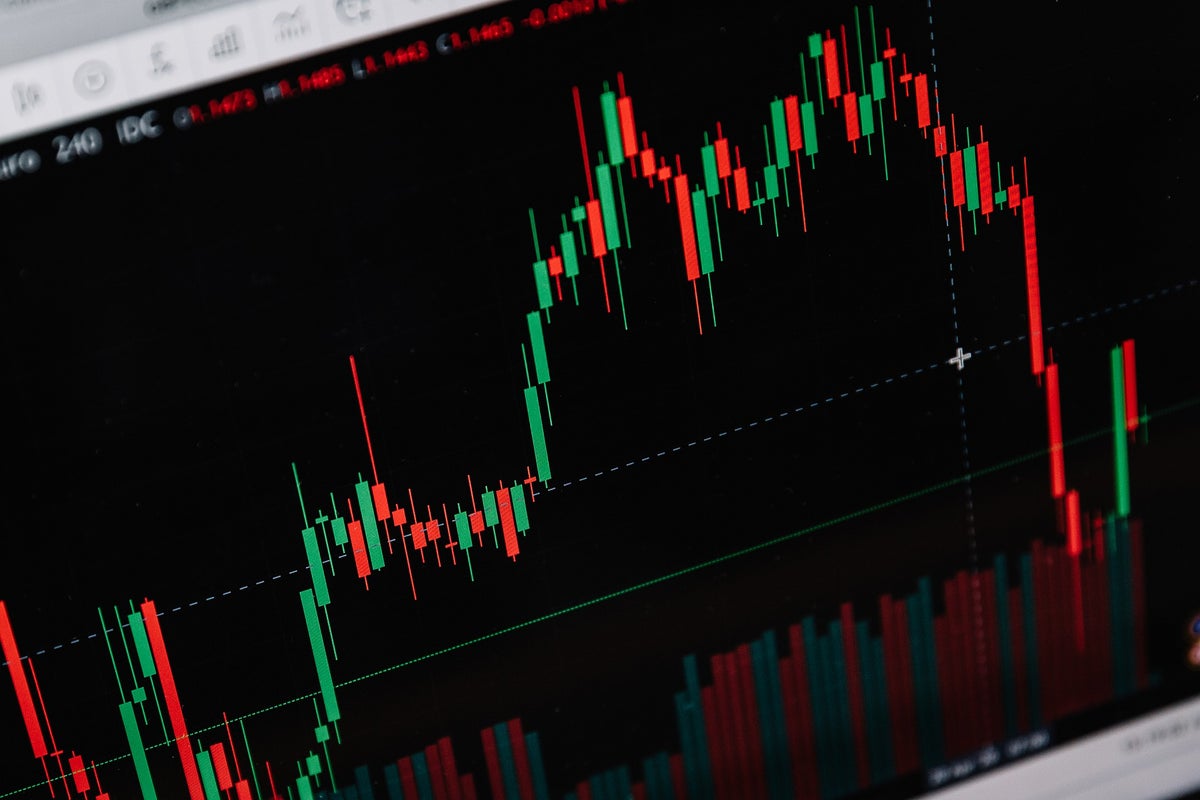According to Benzinga Pro, during Q2, U.S. Xpress Enterprises USX earned $46 thousand, a 100.51% increase from the preceding quarter. U.S. Xpress Enterprises also posted a total of $553.70 million in sales, a 7.06% increase since Q1. U.S. Xpress Enterprises collected $517.19 million in revenue during Q1, but reported earnings showed a $8.97 million loss.
Why Is ROIC Significant?
Earnings data without context is not clear and can difficult to base trading decisions on. Return on Invested Capital (ROIC) helps to filter signal from noise by measuring yearly pre-tax profit relative to invested capital by a business. Generally, a higher ROIC suggests successful growth of a company and is a sign of higher earnings per share in the future. In Q2, U.S. Xpress Enterprises posted an ROIC of 0.94%.
It is important to keep in mind that ROIC evaluates past performance and is not used as a predictive tool. It is a good measure of a company’s recent performance, but does not account for factors that could affect earnings and sales in the near future.
ROIC is a powerful metric for comparing the effectiveness of capital allocation for similar companies. A relatively high ROIC shows U.S. Xpress Enterprises is potentially operating at a higher level of efficiency than other companies in its industry. If the company is generating high profits with its current level of invested capital, some of that money can be reinvested in more capital which will generally lead to higher returns and, ultimately, earnings per share (EPS) growth.
For U.S. Xpress Enterprises, the positive return on invested capital ratio of 0.94% suggests that management is allocating their capital effectively. Effective capital allocation is a positive indicator that a company will achieve more durable success and favorable long-term returns.
Upcoming Earnings Estimate
U.S. Xpress Enterprises reported Q2 earnings per share at $-0.05/share, which did not meet analyst predictions of $0.05/share.
This article was generated by Benzinga’s automated content engine and reviewed by an editor.
Image and article originally from www.benzinga.com. Read the original article here.

